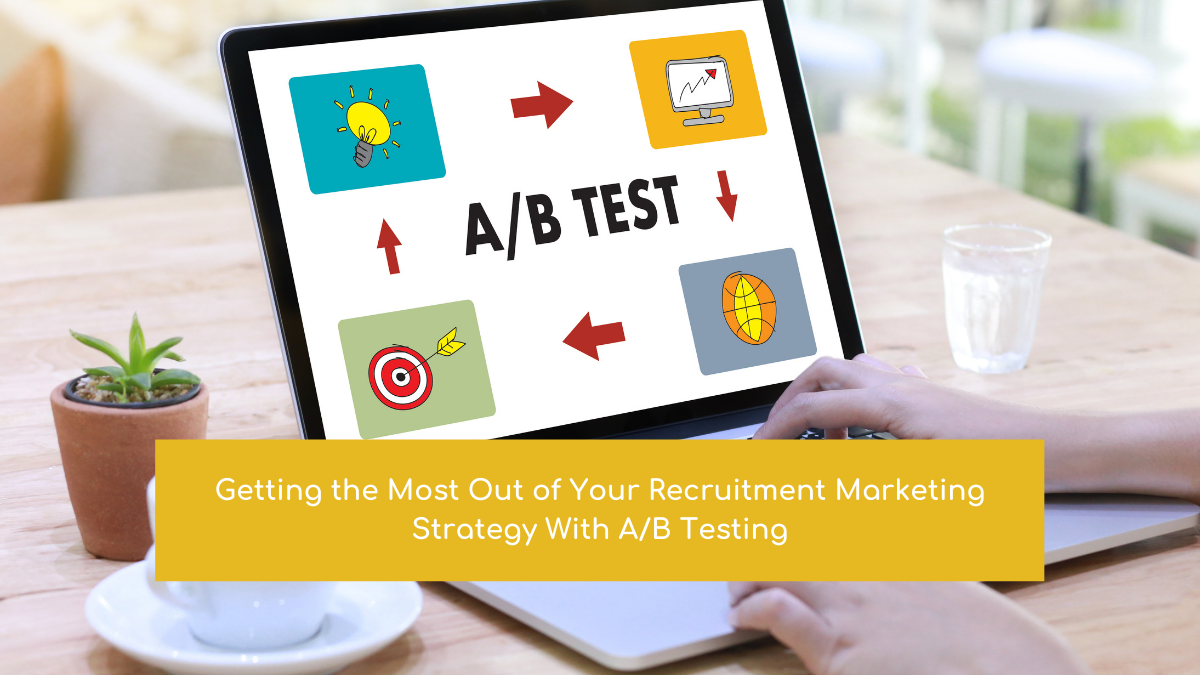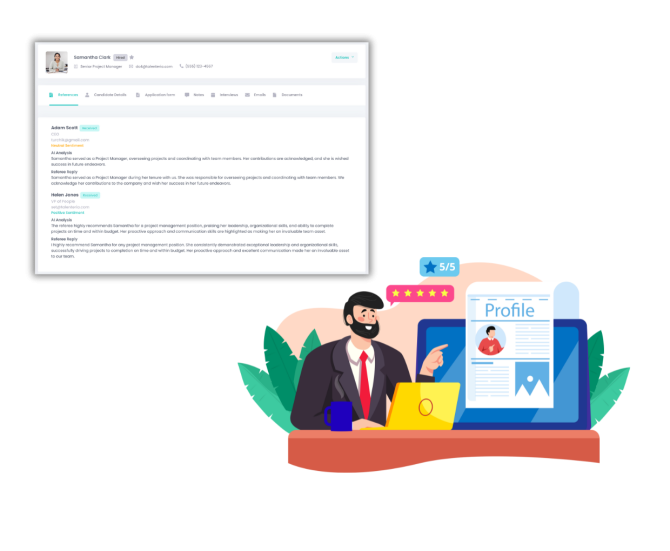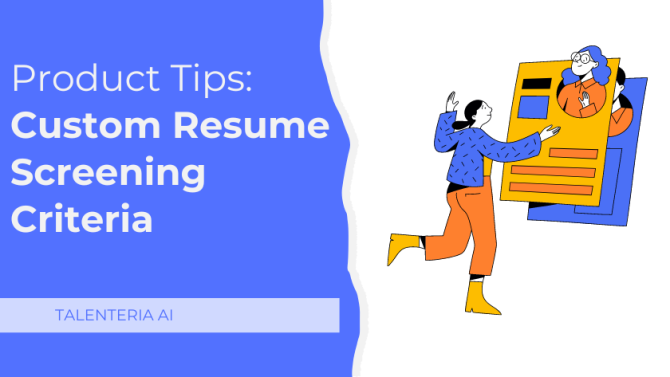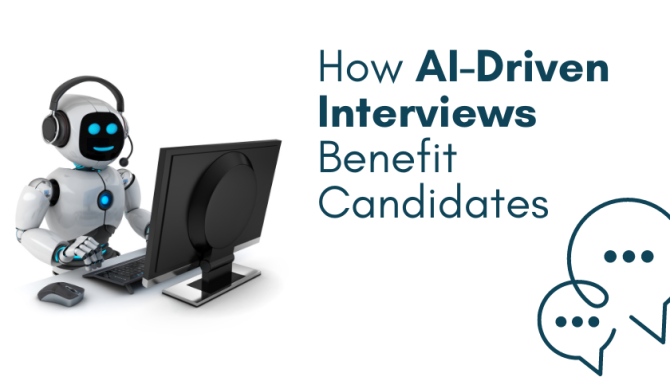
If you are a recruitment manager, or if you have spent a significant amount of time in an HR department, you likely know that the question “What is recruitment marketing?” has an ever-evolving answer. While ultimately, the answer boils down to one commonality – getting top talent to be interested in open job roles – new recruitment tactics gain popularity all the time. One such tactic, A/B testing, has become a recent trend among recruitment marketing specialists – and we can definitely see why. If you are unfamiliar with the term, A/B testing means to directly test one version of a variable against another version. You compare the results, see which version was the best-performing, and use it in future campaigns.
You can apply A/B testing to many elements of your recruitment marketing strategy, such as:
- Job titles and descriptions
- Email subject lines and message templates
- ATS prescreening questions
- In-person and phone interview questions
- Application process and method
- Layout and look of your corporate career’s site
In this guide, we’ll show you the benefits of A/B testing and how to implement it into your current recruitment marketing plan.
Benefits of A/B Testing
There are many ways that A/B testing can be a huge asset to your recruitment marketing strategy.
- A/B testing improves your overall quality of hire, as it can help recruiters determine the distribution methods and forms of content that bring in top-tier talent.
- You can have a better understanding of your conversion success rate and, thus, make data-driven changes to optimize your strategy in alignment with recruitment goals.
- One excellent achievement of A/B testing is that it improves candidate experience. Landing pages, career pages, and job advertisements should be structured and designed in a way that will meet your target group’s needs. A better experience will give your candidates a lasting positive impression.
- You can save money by using this form of testing. By A/B testing and optimizing your job postings, you should eventually need less clicks to reach the desired number of applicants. The sooner you can fill a job posting, the less of your recruitment budget you will have to spend.
A Working Example
Want a fleshed-out example of A/B testing implementation? We’ve got you covered. Let’s say that you are a recruiter and you’ve just been assigned to a new job position. You schedule your intake interview with the hiring manager, collect any relevant information, and you’re ready to start the search for candidates. However, the hiring manager is very adamant that you should publish their job description – even though you think it will not perform well.
The two of you aren’t able to come to an agreement, so you suggest A/B testing. When applied to this situation, you would run a simultaneous test between the hiring manager’s preferred job description and the one that you wanted to post.
Perhaps you have a talent pool of 500 candidates in your recruitment database and you want to send out an email to promote the open position. To implement A/B testing, you would split the pool into two groups and send both groups an email. The emails would contain the exact same content, but the hyperlink inside would redirect the candidate groups to two variations of the job description. If you don’t have such a robust community of prospects, apply these variations to your other outreach methods.
After you have run through the test cycle, compare your pipelines on your Applicant Tracking System. The description variation with the highest conversion rate (the number of job applicants) is the winner. Just keep in mind that candidate preferences will change as market trends evolve – therefore, you should use A/B testing on elements of your recruitment marketing strategy on a recurring basis and gauge ongoing performance.
Practical Deployment of A/B Testing
Do you want to deploy A/B testing in your recruitment marketing strategy without investing too much time or effort? We have compiled a few practical options that you can set up ASAP. If you use recruitment marketing automation tools, A/B testing will be even simpler. So, we highly recommend trying out such tools when optimizing your recruitment marketing funnel.
Test 1: Job Titles
Job titles are one of the most common recruitment elements that are tested in the A/B style. Adjusting job titles doesn’t require too much effort, and a small tweak can lead to a large increase in conversions. When you are testing out potential job titles, you should keep a couple of things in mind.
Firstly, titles should incorporate keywords that job candidates would likely use during their job search. Try not to use obscure phrases or trendy rewrites of traditional titles. Think “project manager” rather than “director of innovation” – the former will get you more hits on search engines and on your career site search bar.
Secondly, having a title with a little flair will capture a viewer’s attention – so long as they actually come across the posting. So, with both points in mind, we recommend A/B testing two separate job titles: one can be more traditional and keyword-centric, whereas the other one can be more unique or idiosyncratic. Monitor which title drives more traffic, applicants, and high-quality candidates.
Test 2: Job Descriptions
While A/B testing job descriptions is more involved than simply rephrasing a job title, it still has a high payoff for relatively simple work. What’s more, you can even use recruitment marketing automation, such as a program that uses AI to create job descriptions – and test the automated version against one of your own.
Just like with a job title, a job description’s A/B testing process should strive to strike a balance between the right keywords and enough uniqueness to garner a job candidate’s attention. This can help you determine whether candidates prefer a more clear-cut, keyword-rich list of responsibilities combined with a personable writeup of the company culture – or, conversely, if candidates prefer enthusiastic descriptions that defy tradition.
Besides testing the content of job descriptions, you can also perform A/B testing on distribution methods. Figure out whether your ads reach more high-quality candidates on Indeed, LinkedIn, or other channels. Just keep in mind: if you’re planning on testing various channels, make sure to keep the job description the same. If you are posting different job descriptions on different channels, it will be difficult for you to understand which element is responsible for the results. With all A/B testing, we recommend only testing one element at a time.
Test 3: Employer Brand
Recruitment marketing managers understand the importance of a well-defined employer brand, but it’s also crucial to determine which form of branding content gets engagement. Luckily, there are a few ways you can incorporate A/B testing into your employer branding strategy.
One way is to test which kind of content receives the most engagement – do your target job candidates prefer photo essays, blog posts, videos, or something else? Try out different kinds of content to see which ones work best for your company.
Secondly, you can A/B test the best channels for publishing your employer branding content. This can help you see whether job seekers are engaging more on LinkedIn, Facebook, or another form of social media. You can also determine whether your company’s blog reaches a large audience or whether you should look to other hosting options.
Lastly, try testing out the type of information that job seekers respond to the most. Do they prefer company news, informative content, or recaps of company outings? You can use A/B testing to receive valuable insight on how your target audience interacts with various forms of content.
As we mentioned earlier, don’t test all of these variables simultaneously.
Our Top Tips
When implementing A/B testing, don’t try to change too much at once, as this can make it difficult to achieve the results. So, before starting a test, you should think of a hypothesis that you want to prove. Put yourself in your target audience’s shoes – what appeals to them? For instance, let’s say you are choosing a header photo for a job posting. Likely, your target audience will find a real team photo to be more authentic than a stock photo.
Use a standardized mode of metric measurement for your test results. Use the same program every time – and, as we mentioned before, make sure to determine what you are measuring before you actually carry out the test. Furthermore, give the A/B test a sufficient amount of time. You will want to compile enough data to accurately compare the results, and halting the test too soon can skew the metrics.
Closing Note on A/B Testing
We have one final note before you start A/B testing and adjusting your recruitment marketing strategy. When you launch an A/B test, you should be aware of which metrics are the most important for your organization. While A/B testing can increase your conversion rates, reach, and quality of job candidates, one piece of content might not achieve all three goals. Thus, before carrying out a test, be sure to identify which metrics are a priority to you.





